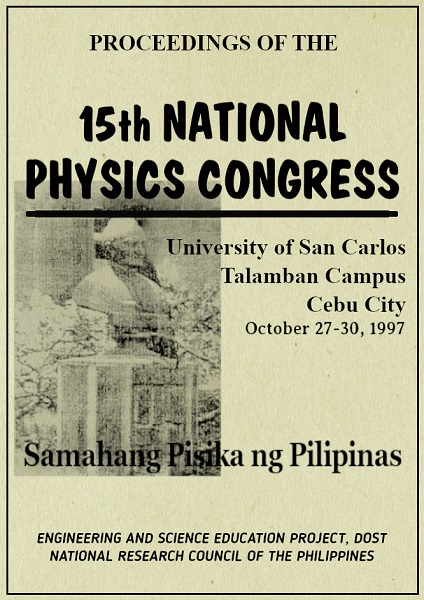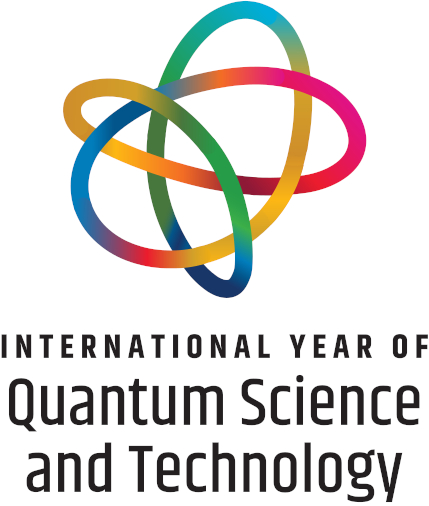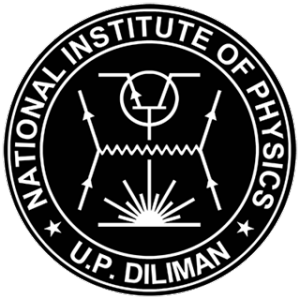Solving the nonlinear Schroedinger equation by neural neworks
Abstract
We demonstrate a general method for solving nonlinear differential equations with complex solutions. The approach uses the method of Lagrange multipliers in the unsupervised training of neural networks (NN). In particular we consider the nonlinear Schroedinger equation (NLSE)
F(z,t) = − i(∂zA) + iαA/2 + (β/2) ∂2ttA − γ|A|2A = 0,
where A(z,t) is a slowly varying field which is a function of both the propagation distance z and time t. Parameters α, β and γ are proportionality constants related to the absorption, dispersion and non-linearity terms of the medium, respectively. This equation provides an accurate model for an optical pulse A(z = 0,t) that is propagating in dispersive and nonlinear waveguides such as optical fibers.
Solving differential equations by NN has the following advantages: 1) Finite differences are not utilized, 2) Implementation is straightforward, 3) No coordinate transformation is necessary, and 4) Real time computation of input-output mapping. These advantages are necessary when dealing with problems like the NLSE. We emphasize the potential of this work in analyzing the waveguide propagation of an arbitrary pulse function. Of special interest in fiber optics technology is in finding pulse functions that periodically return to their original shapes in the presence of both dispersive and self-phase modulation (SPM) media. These pulses are known as the soliton solutions to the NLSE.
Downloads
Issue
27-30 October 1997, University of San Carlos, Cebu City











